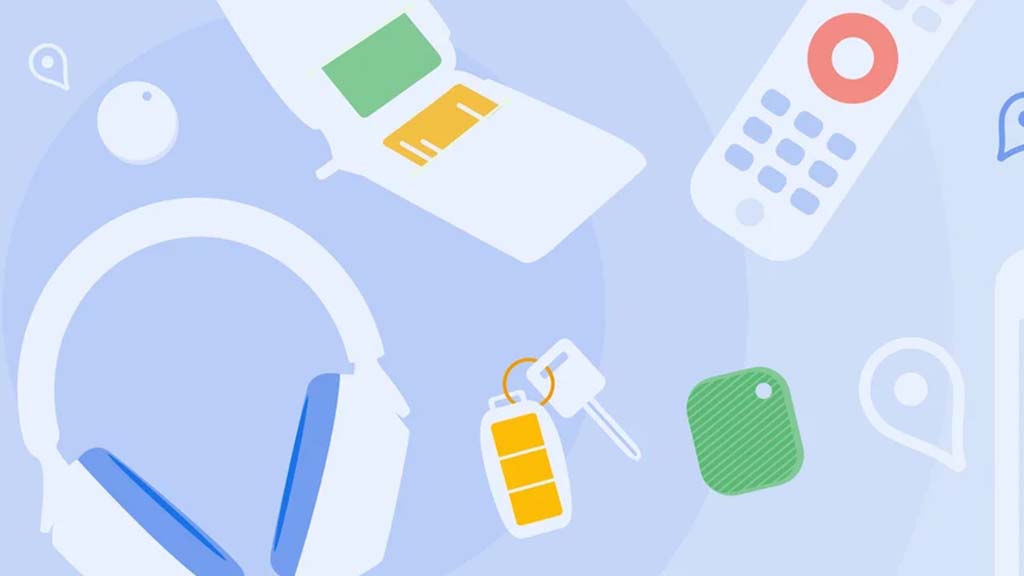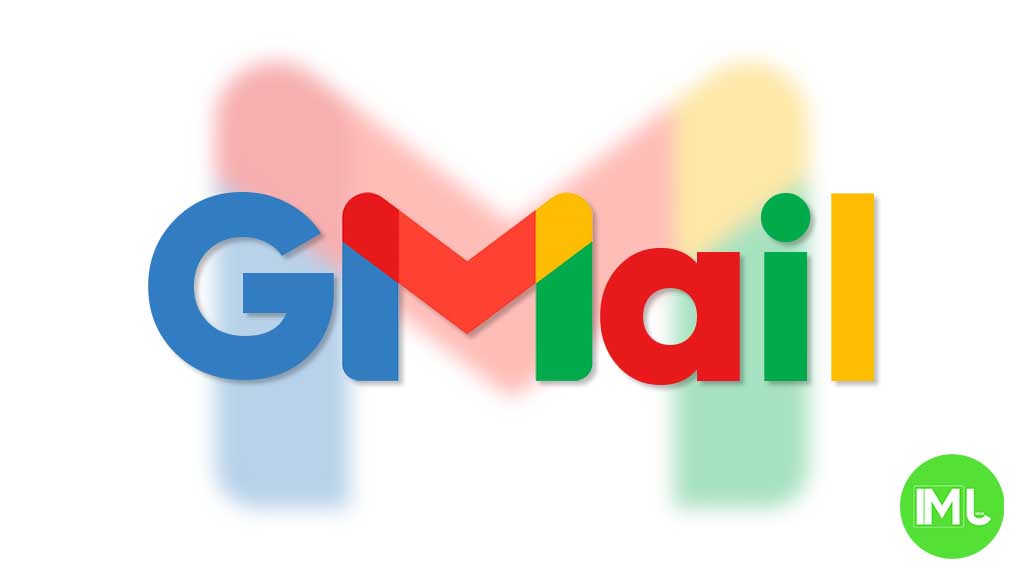New Google apps enhance messaging safety with verification and sensitive content warnings

Google is rolling out two new Android apps to boost safety in its messaging services. The Android System Key Verifier helps users confirm they are chatting with the right person, while the Android System SafetyCore introduces Sensitive Content Warnings to prevent exposure to inappropriate images. These updates are part of Google’s ongoing effort to improve user safety and privacy, especially in an era of increasing online scams and risks.
Android System Key Verifier: Verifying Contacts with Encryption Keys
When chatting online, it’s often challenging to confirm if the person on the other end is really who they claim to be. Online account hijacking is a common scam tactic, so Google’s new Android System Key Verifier app aims to solve this by letting users verify their contacts through end-to-end encryption keys.
How It Works:
- The app, compatible with Android 10 and above, offers a service that lets messaging apps store and share encryption keys safely.
- It utilizes a QR code system for sharing and verifying keys. Users generate a QR code containing their encryption key, which their contacts can scan. This establishes a secure link between the devices.
- If you suspect that the person you’re chatting with isn’t the original contact, you can request them to verify their encryption key. If the keys don’t match, it indicates the possibility of a different device being used.
Key Features:
- End-to-End Encryption: The service allows secure storage and exchange of encryption keys within messaging apps like Google Messages.
- Verification UI: The app provides a simple user interface for scanning and sharing QR codes, making the verification process easy and quick.
- Contact Safety: If a contact changes devices, they need to rescan your QR code to re-verify their identity.
This feature resembles Apple’s Contact Key Verification introduced in iOS 17.2, where users receive alerts if an unrecognized device is added to a contact. It’s a proactive way to maintain contact safety across messaging apps.
Future of Android System Key Verifier
Currently, no apps are fully utilizing this service, but Google has hinted that its Messages app will support this verification feature in the near future. The rollout is expected to support Android devices running version 9 and above, although the app itself requires at least Android 10. This discrepancy could be due to ongoing updates or compatibility issues, which may be resolved before the official launch.
Android System SafetyCore: Protecting Users from Inappropriate Content
In addition to contact verification, Google is introducing a Sensitive Content Warning feature to help users avoid inappropriate images. This feature will be managed by a separate app called Android System SafetyCore.
How It Works:
- When an image with potential nudity is detected, it gets automatically blurred. The user is then shown a “speed bump” warning, offering options to view the image or seek resources for further help.
- If a user tries to send a potentially inappropriate image, they receive a similar warning prompt, encouraging them to reconsider before sending.
- The feature is entirely on-device, meaning it works without sending data to Google servers, preserving user privacy.
Parental Controls and Minor Safety:
- For users under 18, the feature is turned on by default but can be disabled for adults who opt out.
- The goal is to give parents more control over their children’s online activities without blocking access to essential messaging functions.
What is Android System SafetyCore?
Android System SafetyCore acts as an on-device safety infrastructure, providing protection for sensitive content across various apps. It ensures user privacy by analyzing images directly on the device, without transmitting data over the internet.
Expanding to Other Platforms:
- Google plans to extend SafetyCore to Google TV and potentially other platforms, offering a broader set of safety features beyond just messaging.
Broader Implications and Future Updates
These new features are part of Google’s broader cybersecurity strategy. By enhancing message security and privacy, Google aims to reduce online scams and improve user trust in its ecosystem.
The Android System Key Verifier and SafetyCore apps are not limited to Google Messages. They could potentially be integrated into third-party messaging apps, giving users across different platforms access to these safety features.
Expected Rollout:
- Both apps are expected to be rolled out widely in the coming months. Users should keep their Android devices updated to benefit from these new features as soon as they become available.
Conclusion
Google’s introduction of Android System Key Verifier and Android System SafetyCore marks a significant step forward in enhancing user safety on Android devices. These features offer a more secure way to verify contacts and protect against exposure to inappropriate content, making online communication safer for everyone, especially minors.
As these updates become available, we can expect more messaging apps to adopt similar technologies, setting a new standard for privacy and security in digital communications. Stay tuned for more updates as these features officially roll out to Android users worldwide.
Android
Android’s Find My Device speeds up with UWB coming soon

Google’s Find My Device network for Android has gotten a big boost, making it much quicker to locate misplaced items. Recent checks show it’s now four times faster than it used to be, keeping up with Apple’s AirTags in crowded spots like malls or events. For instance, at CES 2025, a tracker tucked in a bag updated its location just as fast as an AirTag nearby. This speed-up is thanks to more Android users turning on tracking for all locations, not only busy areas, which helps the system spot items more reliably.
In less crowded places, the network can still have trouble since fewer Android phones are nearby to share location signals. But Google’s working on this by nudging users through app alerts to enable tracking in quieter spots. Plus, recent updates to tracker software and apps have made connections more stable and accurate.
Looking ahead, Google’s gearing up to roll out ultra-wideband (UWB) technology. This will let you find items with pinpoint accuracy, even within a room, using cool augmented reality (AR) visuals, much like Apple’s setup. The Moto Tag, a tracker ready for UWB, is already available, just waiting for Google to activate this feature. Not all Android phones support UWB yet, but future models like the Pixel 10 might include it. These changes prove Google’s determined to make its Find My Device network a top choice for tracking lost stuff.
Gmail and Google Photos get new design and useful updates

Google is giving Gmail and Google Photos some fresh updates to make things easier and more user-friendly.
First, Gmail on the web is now getting a new layout option. You can choose between “Cozy,” “Comfortable,” or “Compact” views based on how much space you want between your emails. Google is also adding a setting to control whether your inbox and labels stay on screen or only show up when needed. These changes make it easier to personalize how Gmail looks and feels.
Meanwhile, Gmail for iPhone is getting a visual upgrade. The app now uses Google’s updated design style called “Material 3.” You’ll notice a cleaner look with a rounded search bar at the top, smoother icons, and better spacing. Although the bottom bar and buttons look mostly the same, the overall design feels more modern and easier on the eyes.
Lastly, Google Photos is bringing back a helpful feature. The classic search shortcut that appears in the bottom bar is returning, making it quicker to find your photos. Before this, the shortcut had been removed when Google added the new “Memories” tab. Now, both features work together, letting you browse memories and search with ease.
These updates aim to make Google’s apps feel more useful, clean, and easier to use on both desktop and mobile.
Android
Android 16 boosts USB data safety and fixes delayed notifications on Pixel phones

Google’s upcoming Android 16 update is bringing better security and some helpful improvements, especially for Pixel phone users. One of the main features in Android 16 is a new way to protect your phone’s data when it’s connected to a computer through USB. Right now, when you plug your phone into a PC or laptop, it can access all your data as long as you approve it.
With Android 16, Google is adding an extra security layer that only allows limited access unless you enter your PIN, password, or use your fingerprint. This will help protect your files if someone tries to access your phone without permission.
At the same time, Google is also working on a fix for a frustrating issue that some Pixel users have been facing for months — delayed notifications. After the April 2024 update, many users noticed that app alerts were not showing up on time, especially from messaging apps. Google has confirmed the problem and says a fix will be included in a future update, though it’s not in the current April patch yet.
Together, these changes show that Google is focusing on both stronger privacy and a smoother experience for Android and Pixel users. Android 16 is expected to roll out later this year, starting with developer previews.
-

 Apps1 year ago
Apps1 year agoGboard Proofread feature will support selected text
-

 News1 year ago
News1 year agoSamsung USA crafting One UI 6.1.1
-

 News1 year ago
News1 year agoBreaking: Samsung Galaxy S22 may get Galaxy AI features
-

 News1 year ago
News1 year agoSamsung Galaxy S23 Ultra with One UI 6.1 and all S24 AI features revealed
-

 News1 year ago
News1 year agoOne UI 6.1 Auracast (Bluetooth LE Audio) feature coming to many Samsung phones
-

 News1 year ago
News1 year agoSatellite SOS feature coming to Google Pixel phones, evidence leaked
-

 Apps11 months ago
Apps11 months agoGoogle’s fancy new Weather app is finally available for more Android phones
-

 News1 year ago
News1 year agoGoogle Pixel evolves as Europe’s third best selling flagship










